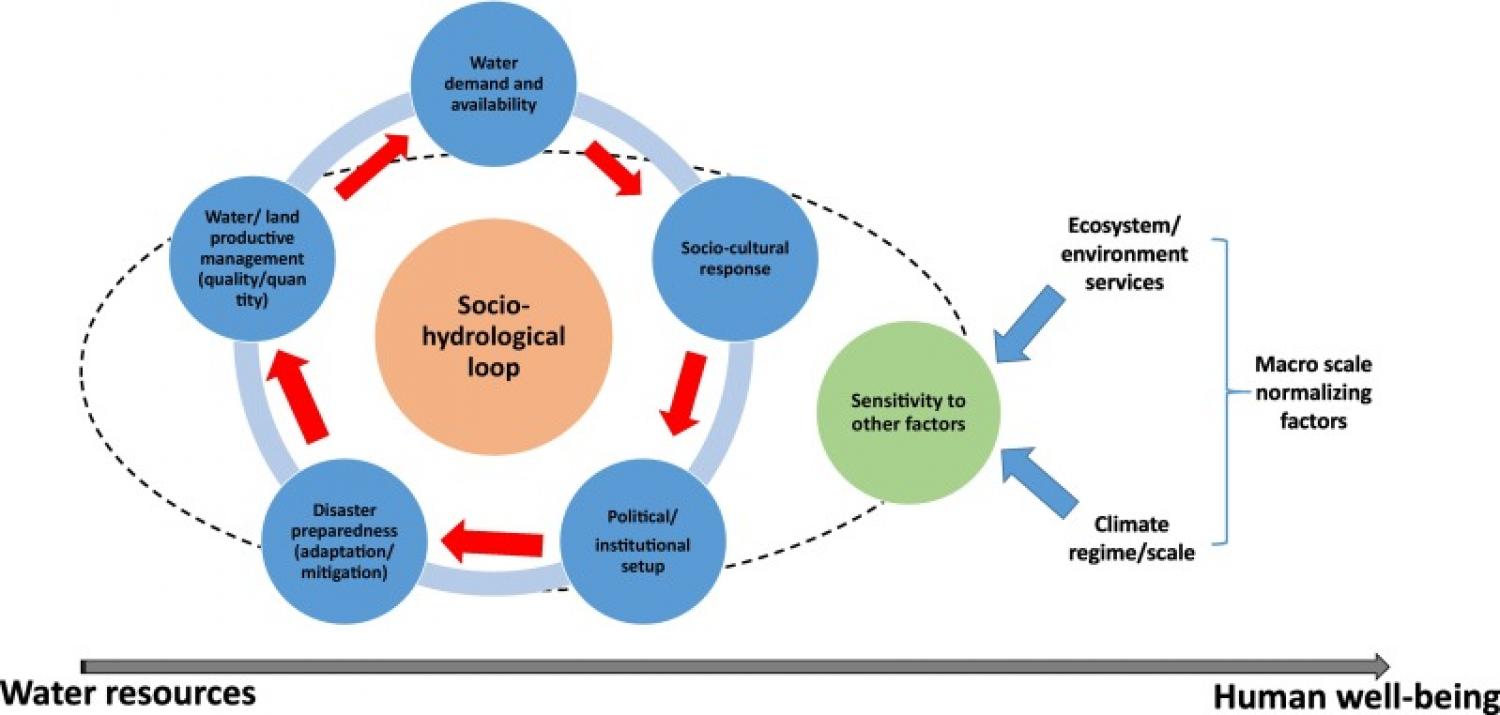
Rapid global changes (population growth, urbanization and frequent extreme weather conditions) have cumulatively affected local water bodies and resulted in unfavorable hydrological, ecological, and environmental changes in the major river systems. Particularly, communities in isolated riverine islands are heavily affected due to their poor adaptive capacities, which is well documented in the contemporary literature. The focal point for the vulnerability of these people lies in the water resources (drinking water availability, agricultural water quality, salt-water intrusion, flooding etc.) and the future interaction between human and water systems. This paper advocates the importance of socio-hydrological research in the context of enhancing social adaptive capacity as well as for developing a resilient water environment in three very large riverine islands in Asia: Fraserganj (India), Dakshin Bedkashi (Bangladesh) (both from the Ganges-Brahaputra-Meghna Delta) and Con Dao Island (Mekong River, Vietnam). It also explores how the nexus of human–water relations could be applied to improve adaptive measures to manage local water needs while mitigating undesirable changes to the hydrological cycle. Socio-hydrological models as an integrated tool can be used to quantify the feedbacks between water resources and society at multiple scales, with the aim of expediting stakeholder participation for sustainable water resource management. The proposed idea in this study will be helpful to sketch projections of alternatives that explicitly account for plausible and co-evolving trajectories of the socio-hydrological system, which will yield both insights into cause–effect relationships and help stakeholders to identify safe functioning space.
